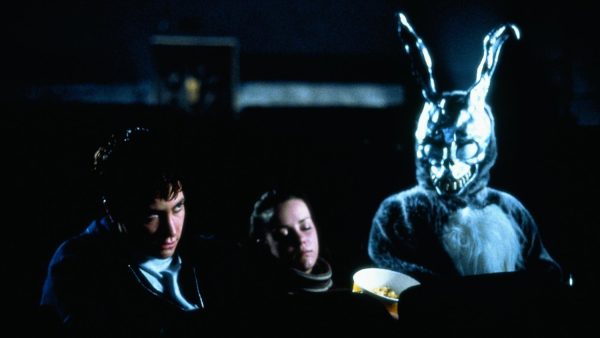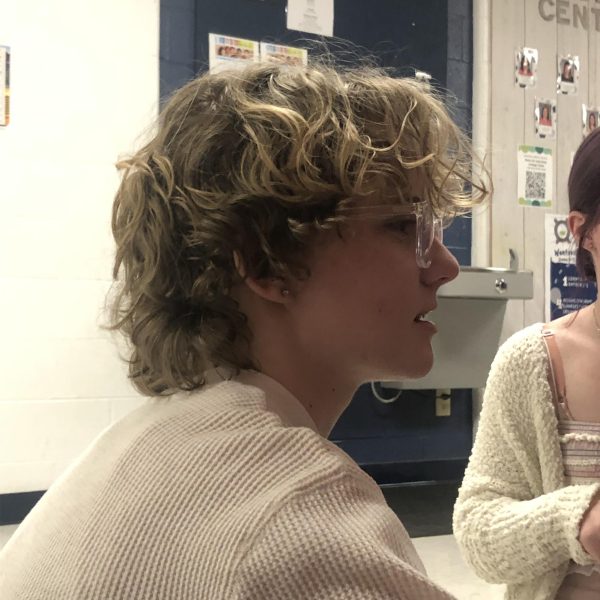Glimpse Into Darkness

The first image of a black hole was captured on April 10.
On Wednesday, April 10, humanity got a glimpse into mysterious darkness, one that has been an enigma. Combining the power of eight radio telescopes worldwide, scientists were finally capable of shedding a little light on the subject, capturing the first-ever image of a black hole.
Humanity knew of their gluttonous existence way before the picture came into existence, having been theorized by the great Albert Einstein and proven by observations for years. Yet, there were no visuals to accompany the information, besides that of concepts done by artists. This is all in the past now and students have a few things to say about it. Excitement runs high in some. “I think it’s super cool and I’m really glad that people care about space so much because space is really freaking cool,” Alexis Mette (‘21) said.
Others can’t help, but be astonished. “It’s a little crazy that we know what a black hole looks like now. Technology is advancing really fast…,” Ruth Ann King (‘21) said.
A handful of students are more apprehensive. “Cool, yet terrifying,” Jackson Pecaut (‘21) said. Connor Shorts (‘22), like many, compared the image to the Eye of Sauron from the Lord of the Rings trilogy.
This particular black hole is about 6 million times the mass of our sun and can be found in a galaxy about 53 million light-years (one light-year is 5.9 trillion miles) from Earth called M87. So, it is rather doubtful Earth will be swallowed by the inescapable darkness of M87. But we have inescapable darkness at the center of our own Milky Way galaxy, one that we are getting closer and closer to. However, the “great feast” won’t occur for billions of years, long after the sun is dead, life ceases to exist on Earth, and our galaxy has collided with the Andromeda galaxy. “Hakuna Matata” for now.











